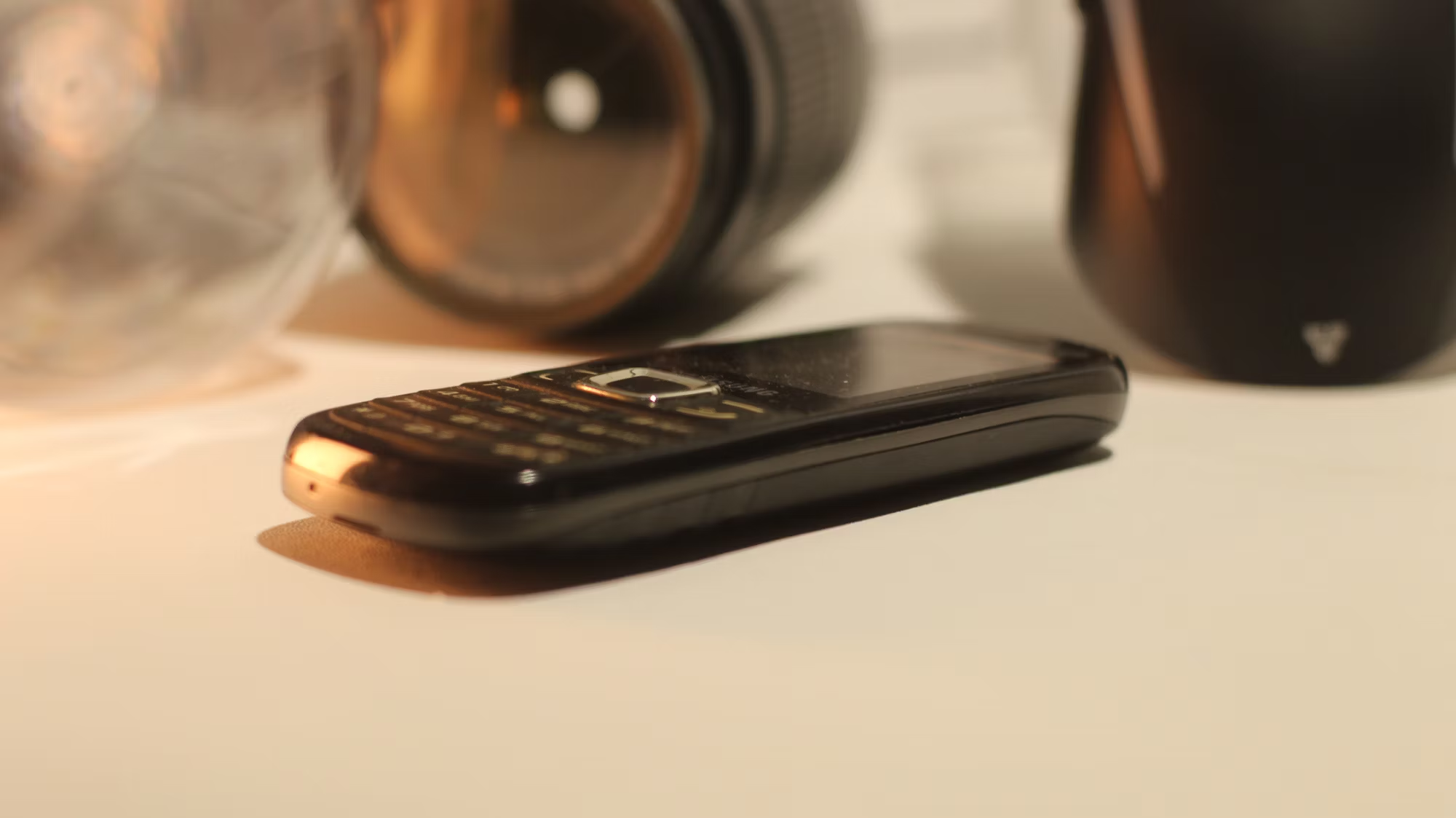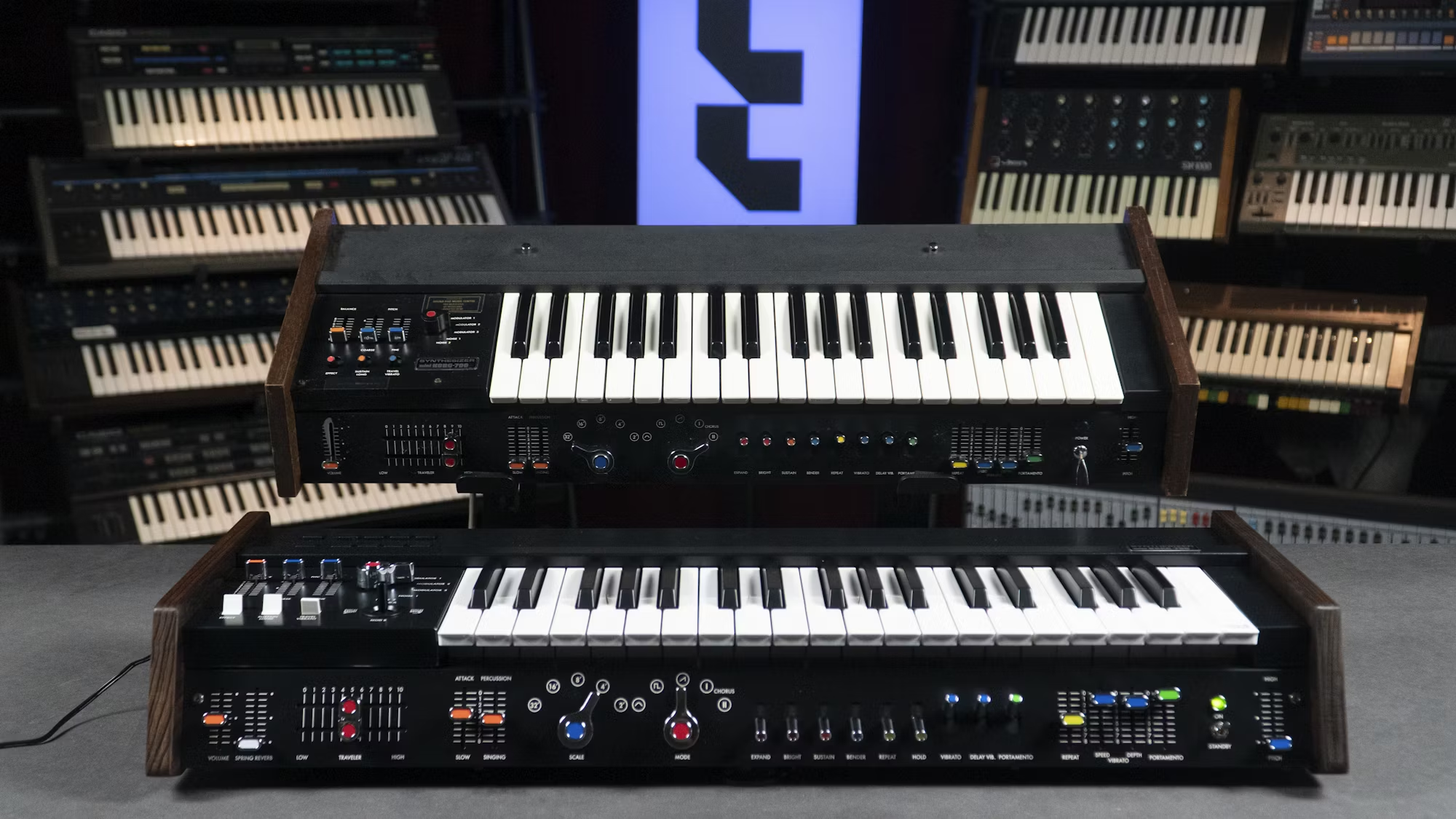The world of music consumption has undergone dramatic changes over the past century, with technological innovations shaping how we access, listen to, and share music. From the warmth of vinyl records to the convenience of streaming platforms, each technological advancement has had a profound impact on the music industry and listeners worldwide. This article explores the evolution of music formats, analyzing the shifts from analog to digital and the ongoing rise of streaming services.
Vinyl Records: The Birth of Recorded Music
In the early 20th century, the phonograph and the subsequent creation of vinyl records revolutionized the way music was consumed. Prior to this, live performances were the primary means by which people experienced music, but the advent of recorded sound allowed listeners to enjoy music in their homes for the first time. Vinyl records, with their analog grooves, became the first widely adopted format for recorded music.
The appeal of vinyl records went beyond just sound; the experience of owning a vinyl album was an immersive one. The large, square album covers became a canvas for artwork and design, adding an additional layer of personal connection to the music. People took pride in displaying their record collections, and the ritual of placing the needle on a record player became a cherished part of the music experience. Albums were designed to be listened to in their entirety, with artists crafting songs and tracks that flowed seamlessly from one to the next.
However, as technology progressed, vinyl records eventually gave way to newer formats that offered greater convenience and durability. The physical nature of vinyl, while beloved by audiophiles, made it prone to damage. Records could warp, scratch, or degrade over time, and their size made them less portable compared to new technologies.
The Rise of Cassette Tapes: Portability and Personalization
In the 1960s, the music industry saw the emergence of the cassette tape, which introduced a new level of convenience for music lovers. Unlike vinyl, cassette tapes were compact, durable, and portable. They could be played in cars, on portable cassette players, and even recorded over, giving listeners a new level of control over their music collection.
Cassette tapes also allowed for greater personalization. The ability to record music from the radio or from friends’ collections meant that people could curate their own playlists and share music in ways they hadn’t been able to before. This led to the creation of the mixtape—a personalized collection of songs that people would exchange as gifts or create for themselves as a form of self-expression.
The Walkman, released by Sony in 1979, revolutionized the way people listened to music on-the-go. For the first time, music was truly portable. Listeners could carry their entire music collections in their pockets, enjoying a soundtrack for their daily lives wherever they went. However, while the cassette tape was a game-changer in terms of convenience, its sound quality was inferior to vinyl and could degrade over time due to wear and tear.
The Digital Revolution: Compact Discs and the End of Analog
In the 1980s, the compact disc (CD) was introduced, marking the beginning of the digital revolution in music. The CD was a significant improvement over cassette tapes in several key ways: it offered much higher sound quality, was more durable, and had a longer lifespan. Unlike cassette tapes, which were susceptible to wear and loss of fidelity, CDs offered crystal-clear sound with no degradation over time.
The introduction of the CD also meant that albums could be stored in a smaller, more compact format, making them easier to transport and handle. The digital nature of CDs allowed for the use of advanced editing techniques, and artists could now include bonus tracks, enhanced content, and hidden features that weren’t possible with analog formats.
CDs quickly became the dominant format for music consumption in the 1990s, and their popularity lasted well into the early 2000s. The ability to create custom CDs with a personal collection of songs further cemented the CD’s place in the hearts of music lovers. Yet, despite their advantages, CDs began to lose ground to digital downloads and file-sharing services by the mid-2000s.
The MP3 Format: Music on Demand
As the internet grew, so too did the demand for digital music that could be downloaded and played on a variety of devices. The MP3 file format, developed in the late 1980s, became the standard for digital music. MP3 files compressed audio data, allowing music to be stored in much smaller file sizes without significantly sacrificing quality. This made it possible for music lovers to store thousands of songs on their computers or portable devices.
The rise of MP3s was accompanied by the growth of file-sharing services like Napster, which allowed users to freely download music from one another. The shift to digital music led to a massive change in the music industry, as traditional methods of music distribution, such as CD sales, began to decline. Artists and record labels were forced to adapt to a new reality in which music was no longer a physical product to be sold, but a digital commodity that could be downloaded or streamed from the internet.
The iPod, introduced by Apple in 2001, took the MP3 revolution to the next level, allowing people to carry thousands of songs in their pockets. The combination of MP3 files and portable devices made it easier than ever for listeners to access their favorite music at any time and place.
Streaming Services: The Future of Music Consumption
The latest phase in the evolution of music consumption is the rise of streaming services like Spotify, Apple Music, and Tidal. These platforms have completely transformed the way music is consumed, moving from a model of ownership (buying CDs or downloading MP3s) to one of access (streaming music on demand).
Streaming services offer an enormous catalog of music that can be accessed instantly, without the need for purchasing or downloading individual tracks. The subscription model of streaming platforms allows users to pay a monthly fee for unlimited access to music, providing them with an ever-expanding library of songs. With streaming, listeners no longer need to store music on their devices—they can simply stream it whenever they want, as long as they have an internet connection.
Streaming has made music more accessible than ever before. It has democratized music consumption, allowing listeners to explore genres, discover new artists, and access a vast range of content from around the world. For artists, streaming has become a way to reach global audiences without the barriers of physical distribution.
However, while streaming has brought many benefits, it has also created new challenges. The revenue generated by streaming is significantly lower for artists than the profits they made from physical sales or digital downloads. Many musicians have voiced concerns about the fairness of the compensation models offered by streaming platforms. Despite these challenges, streaming services remain the dominant way for people to consume music in the modern era.
The Impact of Music Formats on the Industry
The evolution of music formats has not only changed the way listeners access music but has also had a profound impact on the music industry. Each shift in technology has reshaped the business of music distribution, from the rise of major record labels during the era of vinyl, to the rise of online piracy and the digital disruption brought about by MP3s, to the current era of streaming.
The shift to digital formats has led to a decline in physical sales, resulting in the closure of record stores and the rise of digital retailers like iTunes and Amazon. At the same time, streaming platforms have enabled artists to reach a global audience more easily, while also shifting the focus from album sales to the consumption of individual tracks and playlists.
The digitalization of music has also led to new opportunities for independent artists. With platforms like SoundCloud, Bandcamp, and YouTube, musicians can now distribute their work directly to listeners without the need for a major record label. While this has democratized the industry, it has also made it more competitive, with thousands of artists vying for attention in an ever-crowded digital landscape.
Conclusion: The Future of Music Formats
The future of music consumption will undoubtedly continue to evolve. New technologies, such as high-resolution audio streaming and immersive audio formats like Dolby Atmos, are already pushing the boundaries of what’s possible in terms of sound quality. Virtual and augmented reality may further change how we experience live music, and artificial intelligence could play a role in creating more personalized listening experiences.
What remains clear, however, is that music will continue to play an essential role in people’s lives. Whether through vinyl, cassette tapes, CDs, MP3s, or streaming services, the desire to listen to and share music will always be a fundamental part of human culture. The evolution of music formats reflects the ways in which we adapt to new technologies and the ongoing quest for better, more convenient ways to enjoy the soundtracks of our lives.


